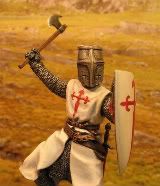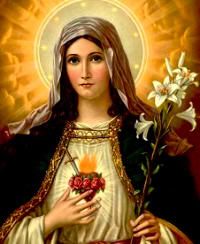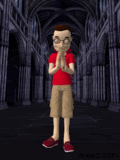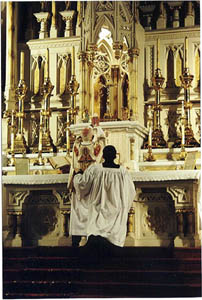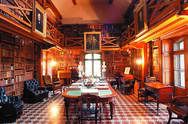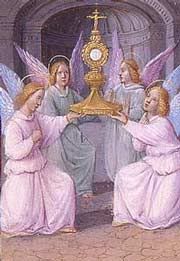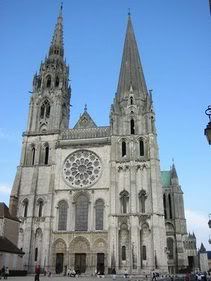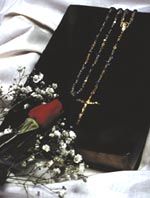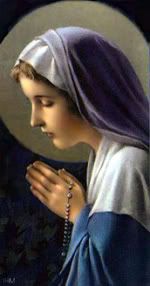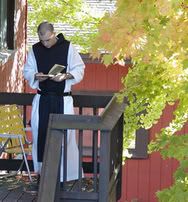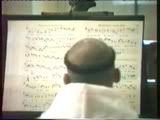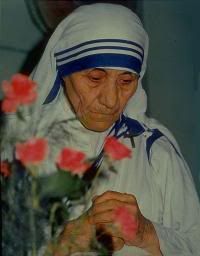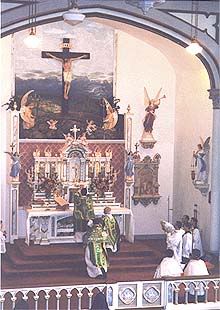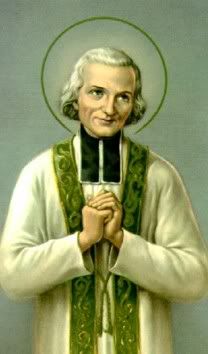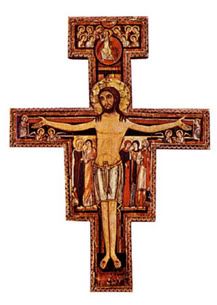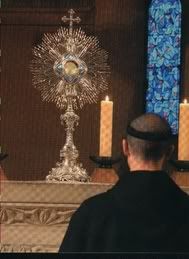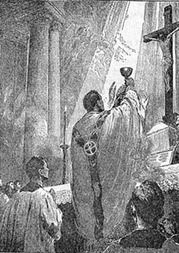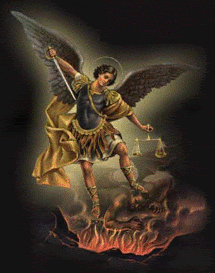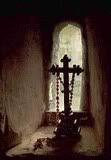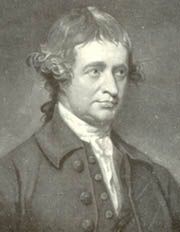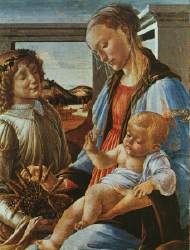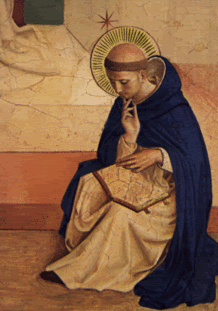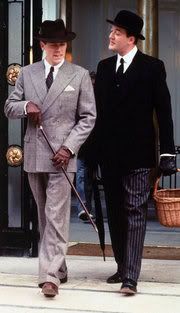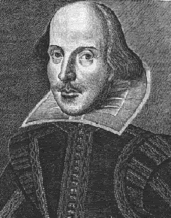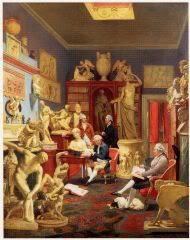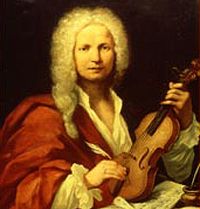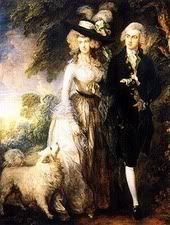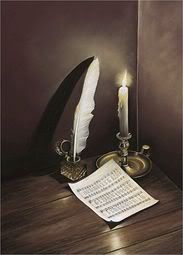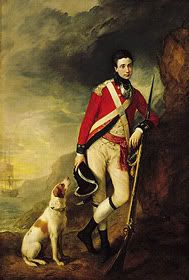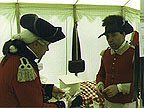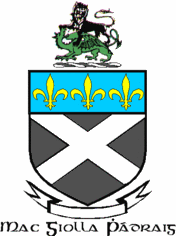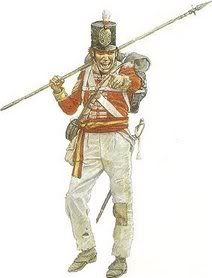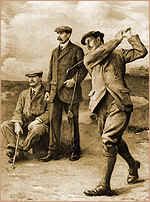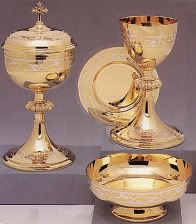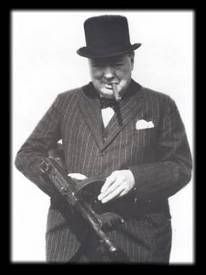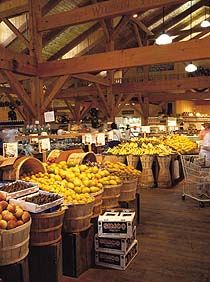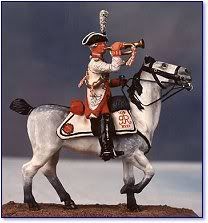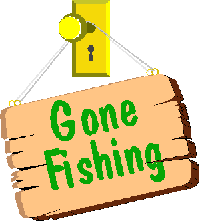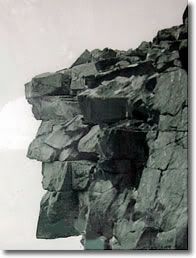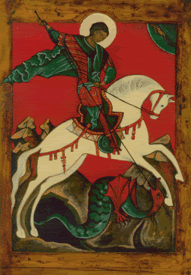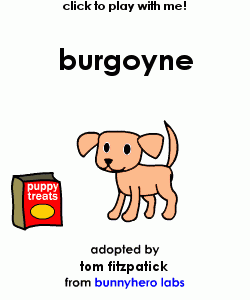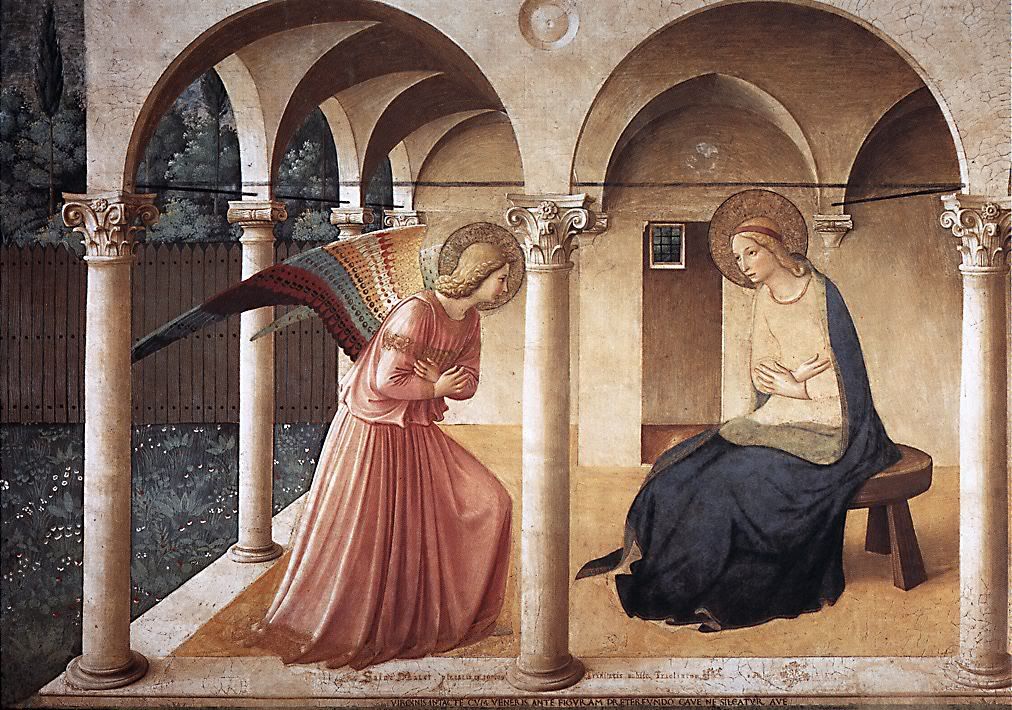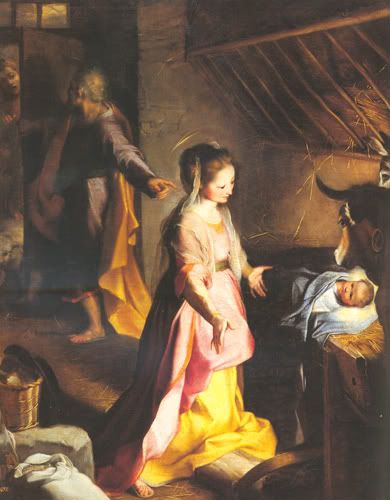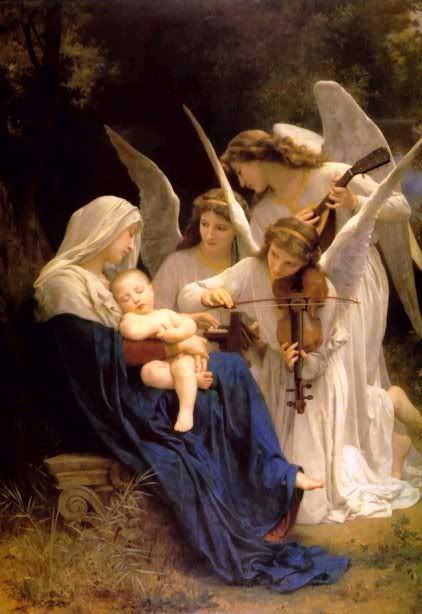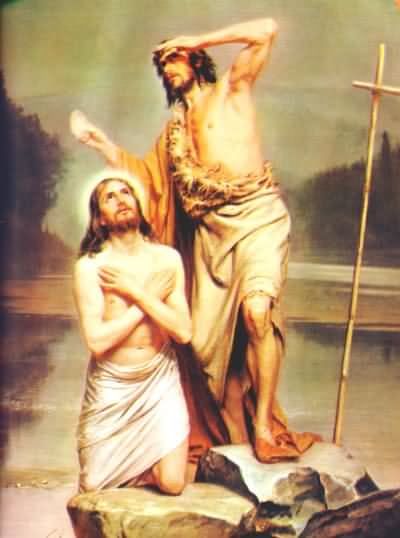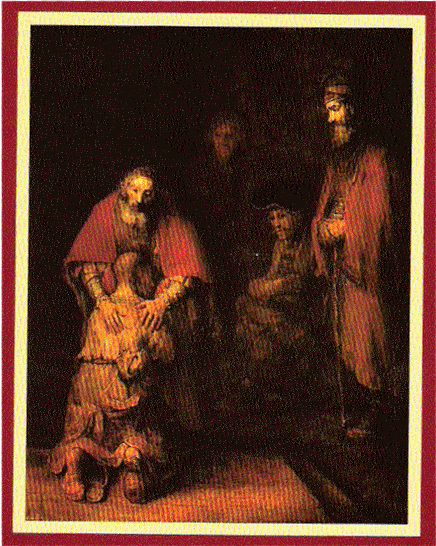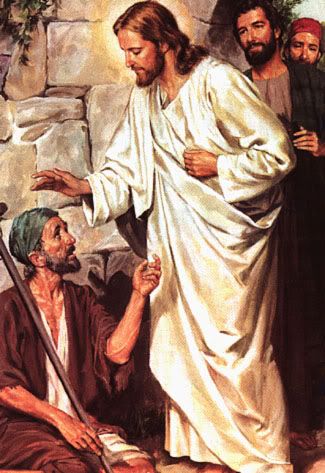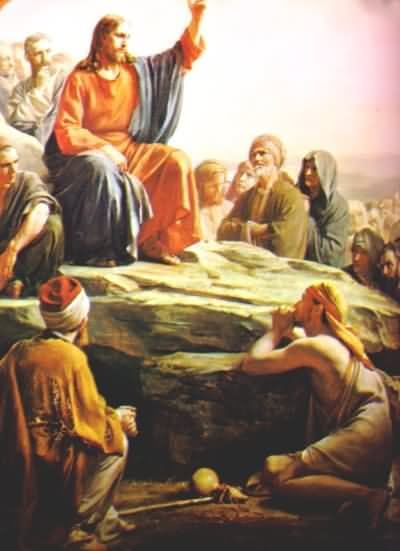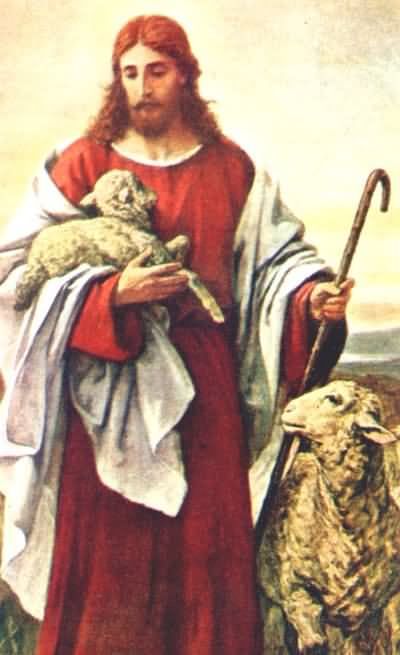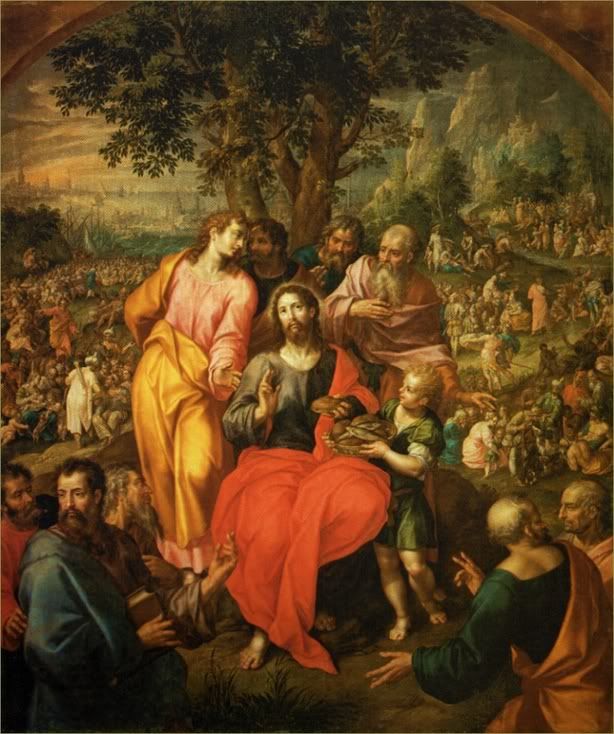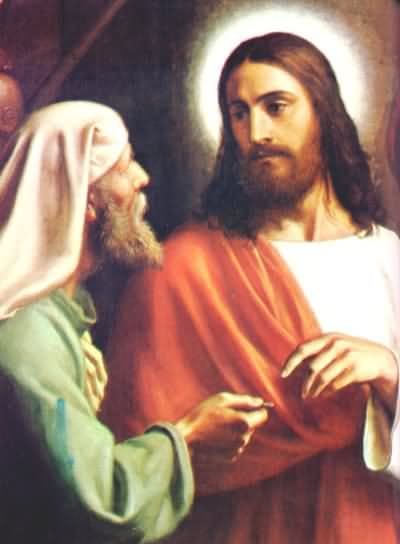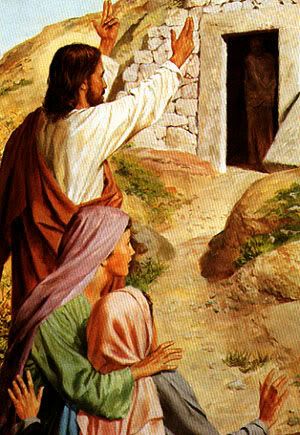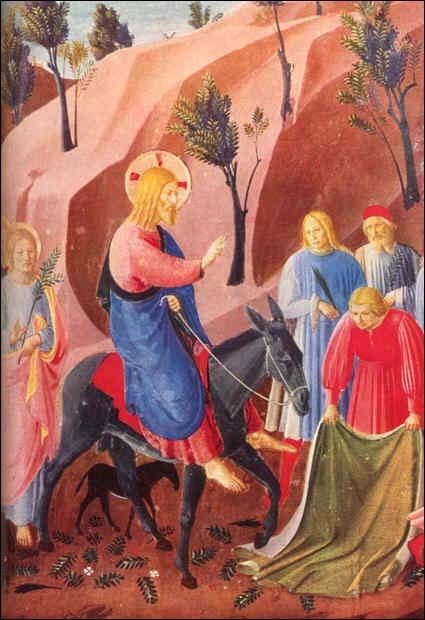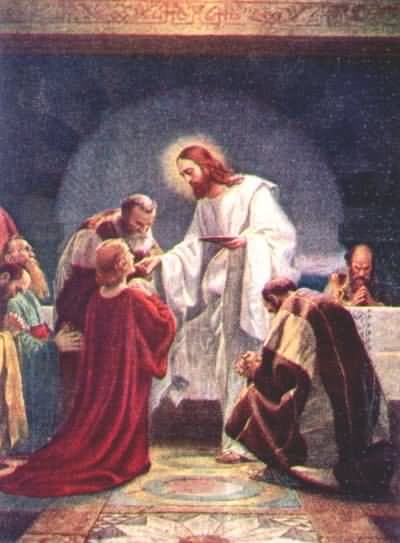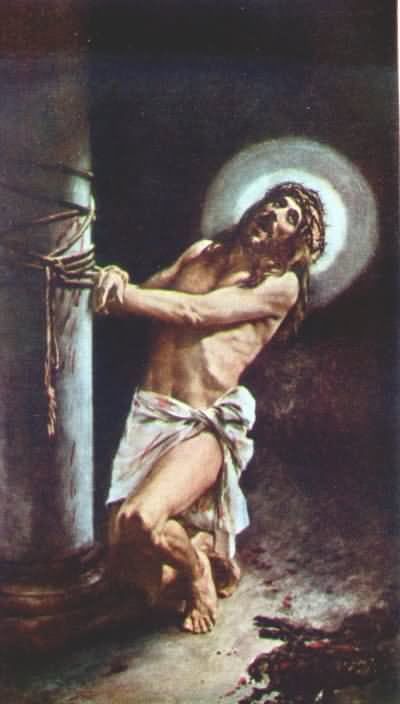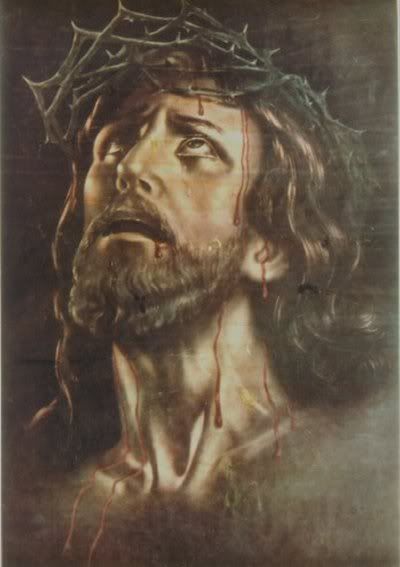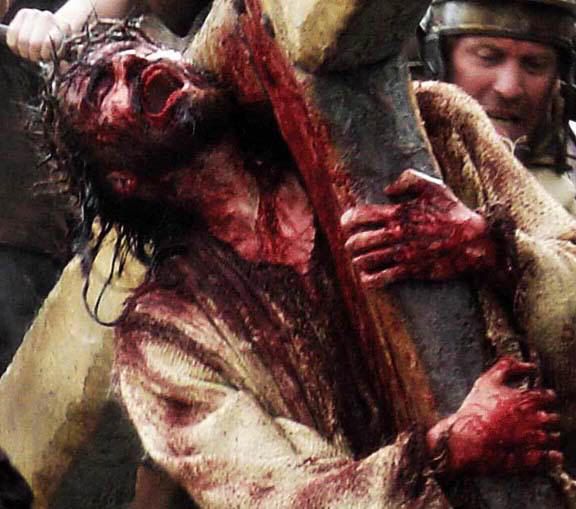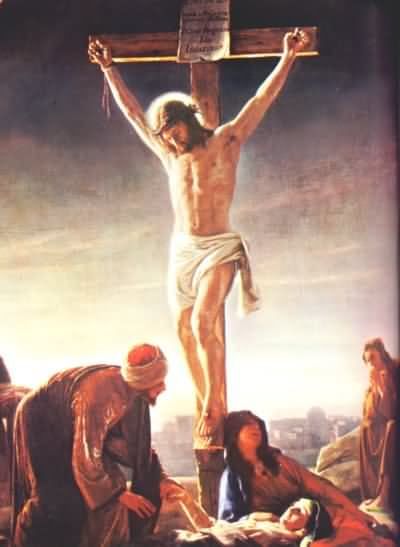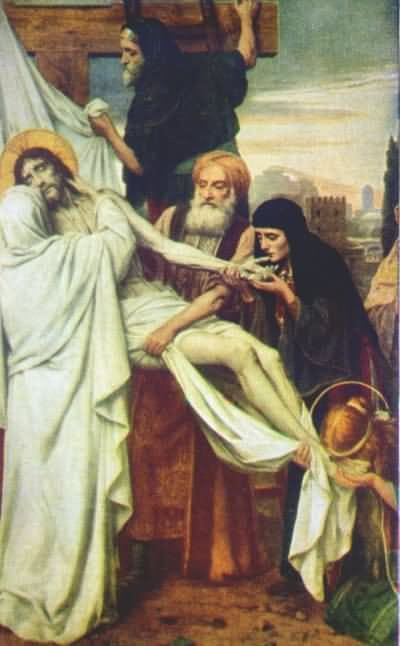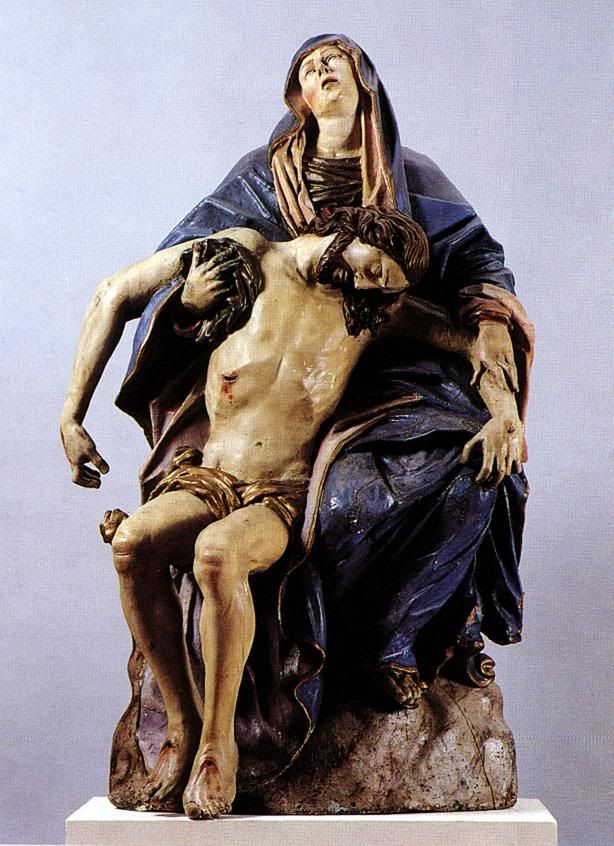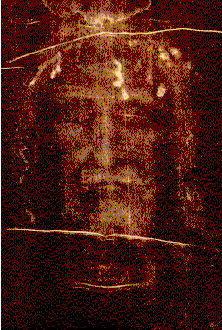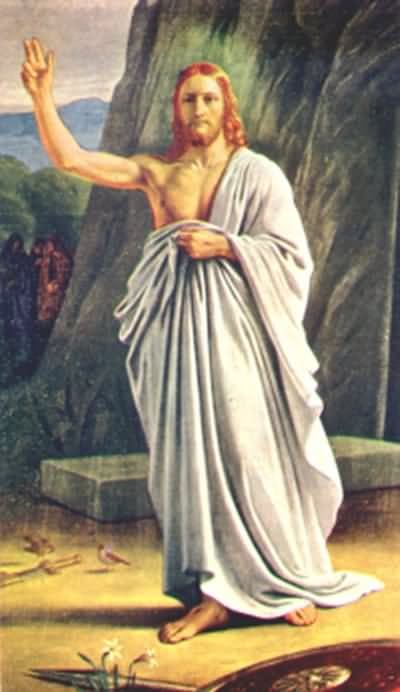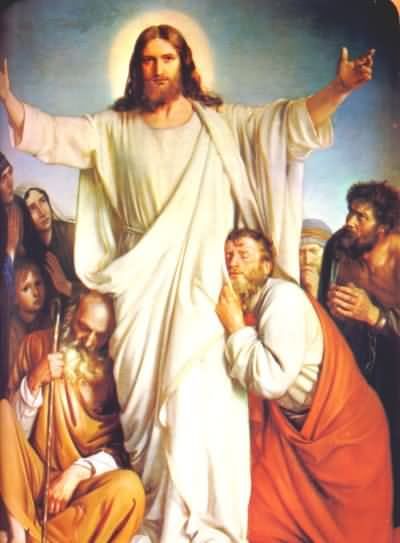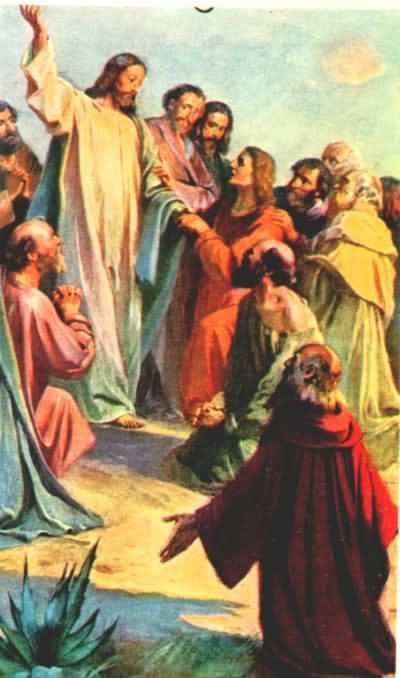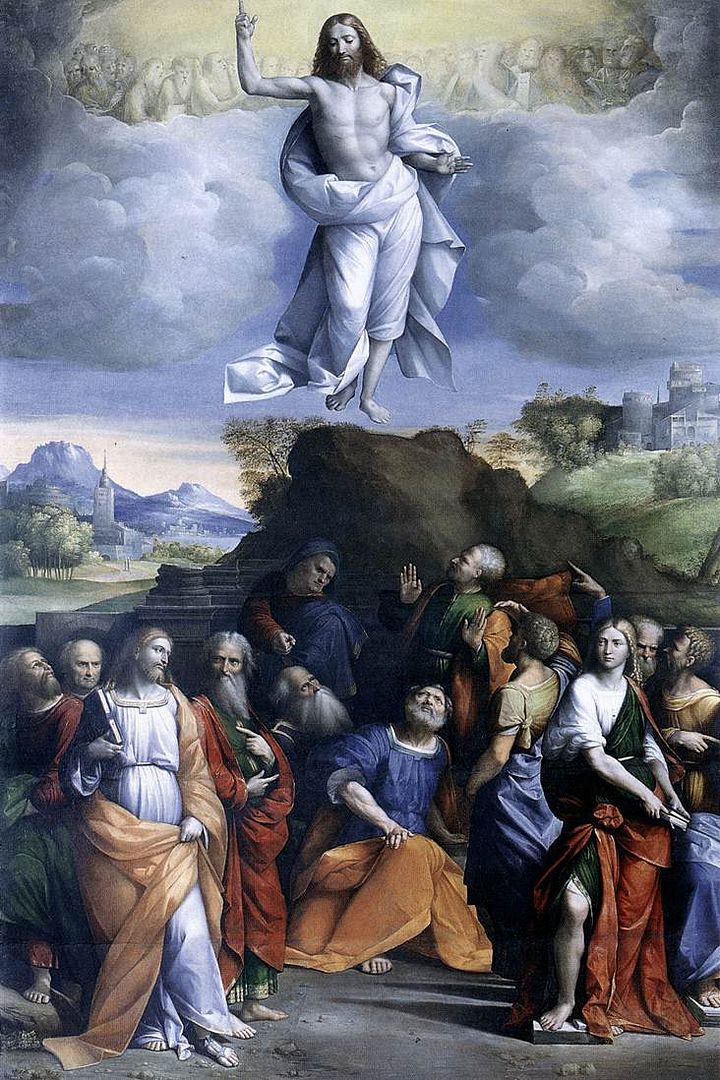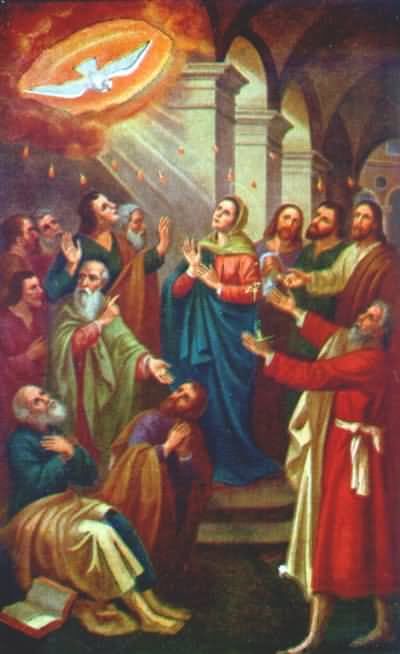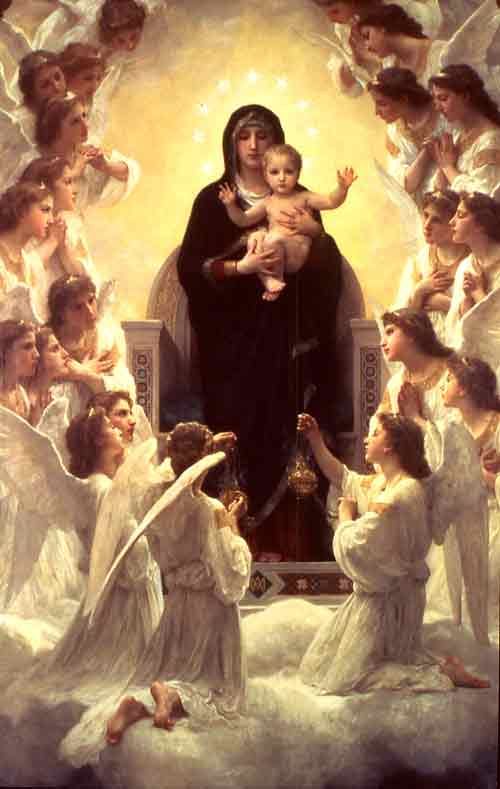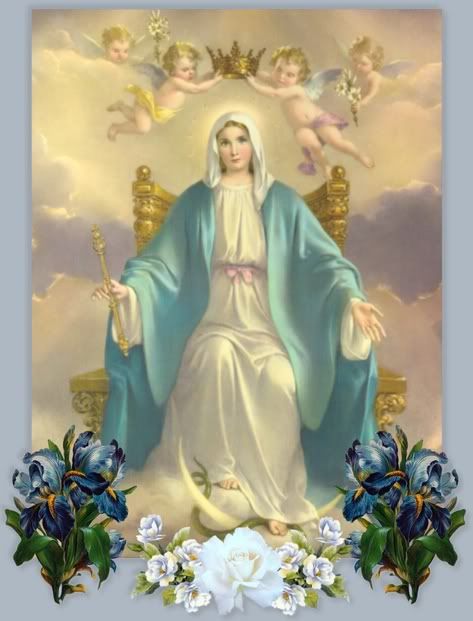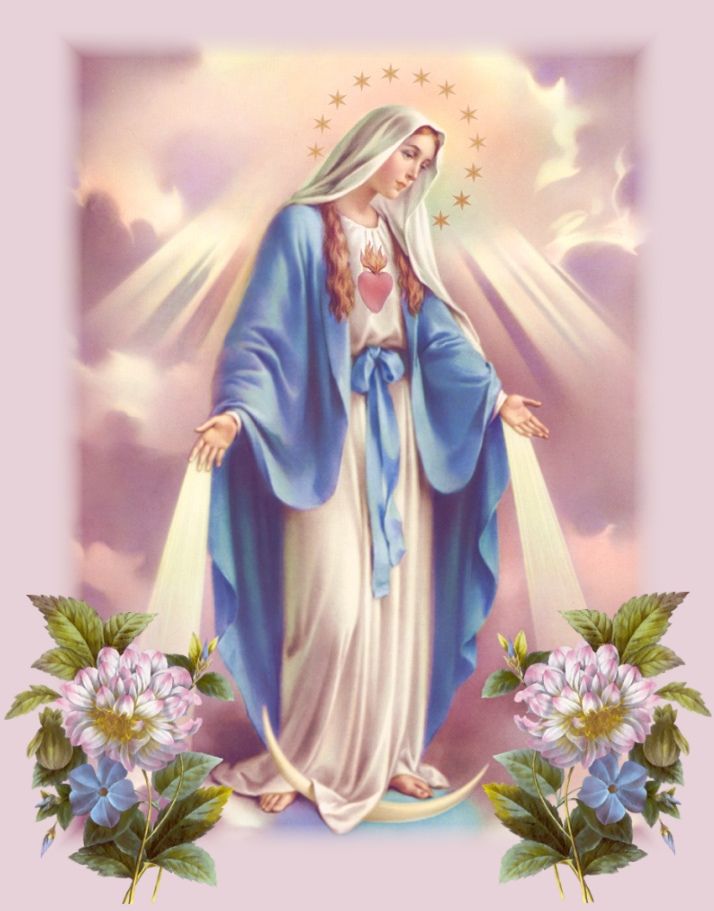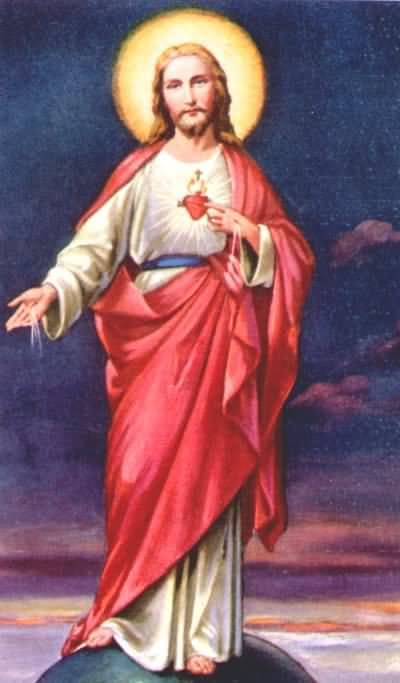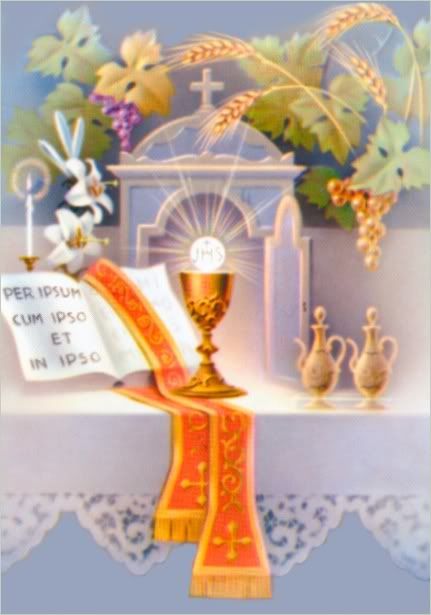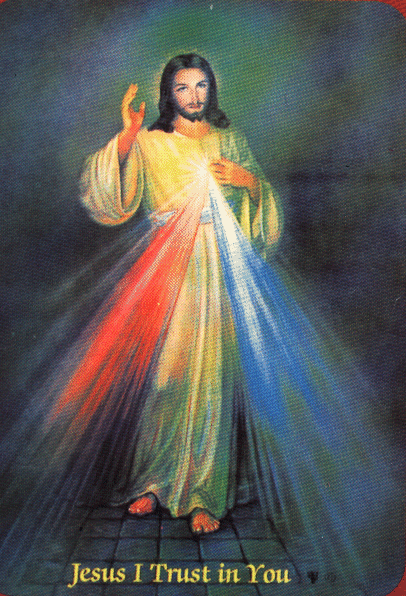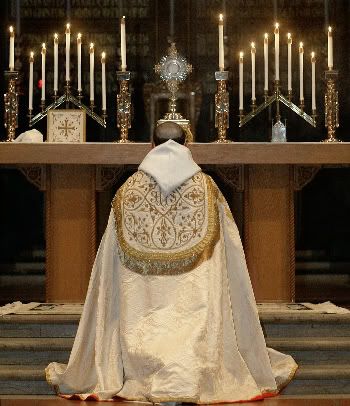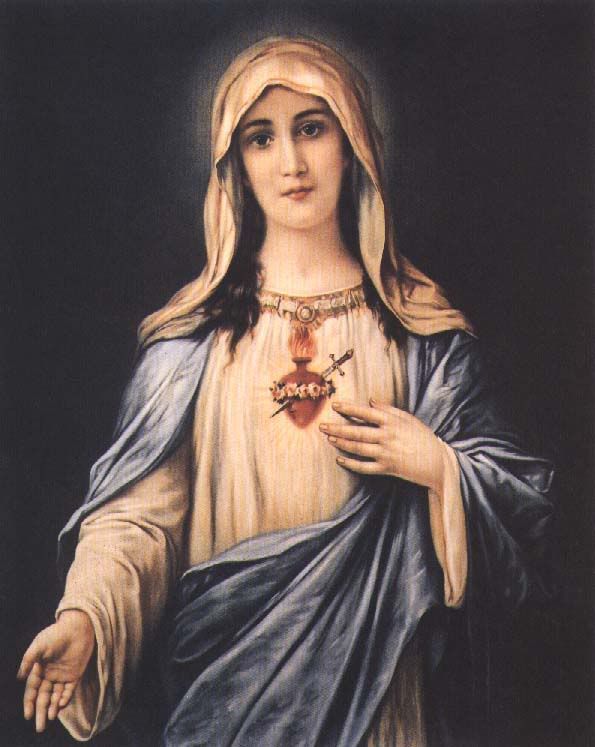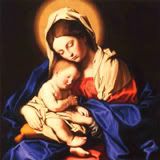Saturday, October 29, 2016
The Propiety Of Catholics' Celebrating Halloween
From Traditio.com (they agree with me on this):
HALLOWEEN
The question often arises about the celebration of Halloween by Catholics. Is it, for instance, "pagan" to dress up and go about as ghosts and goblins? The question often comes up because many modern Christians (mostly non-Catholic ones) believe that Halloween has something to do with worshipping the devil and participating in witchcraft. The truth is that the origins of Halloween are rooted deeply in the theology and popular customs of Catholics.
It is a revision of actual history to say that our modern celebration of Halloween has origins in Druid customs. It is true that the ancient Celts celebrated a major feast (the Celtic New Year) on October 31st, but the fact is that they celebrated a festival on the last day of almost every month.
Halloween, a contraction of "All Hollows Eve," falls on October 31st because the Feast of All Saints or "All Hallows" falls on November 1st. The feast in honor of all the Saints used to be celebrated on May 13th, but Pope Gregory III, in 731, moved it to November 1st, the dedication day of All Saints Chapel in St. Peter's in Rome. This feast spread throughout the world. In 998, St. Odilo, the abbot of the powerful monastery of Cluny in France, added a celebration on November 2nd. This was a day of prayer for the souls of all the faithful departed. Therefore, the Church had a feast of the Saints and those in Purgatory.
It was the Irish Catholics who came up with the idea to remember somehow those souls who did not live by the Faith in this life. It became customary for these Irish to bang on pots and pans on All Hallow's Eve to let the damned know that they were not forgotten. In Ireland, then, ALL the dead came to be remembered. This, however, is still not exactly like our celebration of Halloween. On Halloween we also dress up in costumes.
This practice arose in France during the 14th and 15th centuries. During the horrible bubonic plague, the Black Death, Europe lost half of her population. Artists depicted this on walls to remind us of our own mortality. These pictures and representations are known as the "Dance of Death" or "Dance Macabre." These figures were commonly painted on cemetery walls and showed the devil leading a daisy chain of people into the tomb. Sometimes the dance was re-enacted on All Soul's Day as a living tableau, with people dressed up as the dead. But the French dressed up on All Souls, not Halloween, and the Irish, who celebrated Halloween, did not dress up.
The two were brought together in the colonies of North America during the 18th century, when Irish and French Catholics began to intermarry. Thus the two celebrations became mingled, and we began dressing up on Halloween. It is, as we can see, a very "American" holiday, but Catholic as well.
"Trick-or-Treating" is a very odd addition to Halloween. It is the most American aspect of the holiday, and is the (unwilling) contribution of English Catholics.
Guy Fawkes Day became a great celebration against Catholics in England. It celebrated the day the plot to blow up Parliament and King James I was discovered. This was on November 5, 1605. Guy Fawkes was the rather reckless man guarding the gunpowder. He was arrested and hanged. During these times of persecution of the Catholic Church, bands of revelers would wear masks and visit Catholics in the night demanding they be given cakes and beer.
Guy Fawkes Day arrived in the American colonies with the first English settlers. Old King James had long been forgotten, but "Trick-or-Treating" was too much fun to give up. Eventually, it moved to the Irish/French Catholic masquerade. This practice of "Trick-or-Treating" was simply moved to coincide with the Catholic celebration involving dressing up. The ancient Druids did contribute the candy, which was used to welcome the good spirits, and masks (jack o'lanterns), which were used to scare away the evil spirits.
Halloween can still serve the purpose of reminding us about Hell and how to avoid it. Halloween is also a day to prepare us to remember those who have gone before us in Faith, those already in Heaven and those still suffering in Purgatory. Halloween is a time to let people know about our Catholic roots and significance. (Fr. Scott Archer)
Catholic parents who are not comfortable with the worst secular aspects of Halloween, which are admittedly increasing, can avail themselves of alternative activities on that day: family prayer and fasting for the Vigil of All Saints Day, visitations of houses in the garments of non-devilish personae, the reading aloud of stories of the Saints or of seasonal literature such as Edgar Allen Poe's "The Masque of the Red Death" and Washington Irving's "The Legend of Sleepy Hollow", and the playing of seasonal music such as Saint-Saens "Danse Macabre," Modest Moussorgsky's "Night on Bald Mountain," and Sergei Rachmaninoff's "Isle of the Dead".
A word of caution, however. The Church has always condemned as sins against the First Commandment, and thus cautioned her children to stay far away from, astrology, charms, divination, fortune-telling, magic, ouija boards, sorcery, spells, witchcraft, and other occult activities, even if they are treated in a trivial or jesting fashion.
St. Thomas Aquinas says that it is not permitted to Christians even to dabble in such things: "Man has not been entrusted with power over the demons to employ them to whatsoever purpose he will. On the contrary, it is appointed that he should wage war against the demons. Hence, in no way is it lawful for man to make use of the demons' help by compacts -- either tacit or
express" (II-II, Q96, Art. 3).
We remember too the the Prayer to St. Michael against "Satanam aliosque spiritus malignos qui ad perditionem animarum pervagantur in mundo" [Satan and the other evil spirits who roam in the world for the ruin of souls]. As in all things, parents must be sure to teach their children the proper balance in such matters, erring neither on the side of defect or excess.
Fisheaters has also examined the historical evidence and comes to the same conclusion.
HALLOWEEN
The question often arises about the celebration of Halloween by Catholics. Is it, for instance, "pagan" to dress up and go about as ghosts and goblins? The question often comes up because many modern Christians (mostly non-Catholic ones) believe that Halloween has something to do with worshipping the devil and participating in witchcraft. The truth is that the origins of Halloween are rooted deeply in the theology and popular customs of Catholics.
It is a revision of actual history to say that our modern celebration of Halloween has origins in Druid customs. It is true that the ancient Celts celebrated a major feast (the Celtic New Year) on October 31st, but the fact is that they celebrated a festival on the last day of almost every month.
Halloween, a contraction of "All Hollows Eve," falls on October 31st because the Feast of All Saints or "All Hallows" falls on November 1st. The feast in honor of all the Saints used to be celebrated on May 13th, but Pope Gregory III, in 731, moved it to November 1st, the dedication day of All Saints Chapel in St. Peter's in Rome. This feast spread throughout the world. In 998, St. Odilo, the abbot of the powerful monastery of Cluny in France, added a celebration on November 2nd. This was a day of prayer for the souls of all the faithful departed. Therefore, the Church had a feast of the Saints and those in Purgatory.
It was the Irish Catholics who came up with the idea to remember somehow those souls who did not live by the Faith in this life. It became customary for these Irish to bang on pots and pans on All Hallow's Eve to let the damned know that they were not forgotten. In Ireland, then, ALL the dead came to be remembered. This, however, is still not exactly like our celebration of Halloween. On Halloween we also dress up in costumes.
This practice arose in France during the 14th and 15th centuries. During the horrible bubonic plague, the Black Death, Europe lost half of her population. Artists depicted this on walls to remind us of our own mortality. These pictures and representations are known as the "Dance of Death" or "Dance Macabre." These figures were commonly painted on cemetery walls and showed the devil leading a daisy chain of people into the tomb. Sometimes the dance was re-enacted on All Soul's Day as a living tableau, with people dressed up as the dead. But the French dressed up on All Souls, not Halloween, and the Irish, who celebrated Halloween, did not dress up.
The two were brought together in the colonies of North America during the 18th century, when Irish and French Catholics began to intermarry. Thus the two celebrations became mingled, and we began dressing up on Halloween. It is, as we can see, a very "American" holiday, but Catholic as well.
"Trick-or-Treating" is a very odd addition to Halloween. It is the most American aspect of the holiday, and is the (unwilling) contribution of English Catholics.
Guy Fawkes Day became a great celebration against Catholics in England. It celebrated the day the plot to blow up Parliament and King James I was discovered. This was on November 5, 1605. Guy Fawkes was the rather reckless man guarding the gunpowder. He was arrested and hanged. During these times of persecution of the Catholic Church, bands of revelers would wear masks and visit Catholics in the night demanding they be given cakes and beer.
Guy Fawkes Day arrived in the American colonies with the first English settlers. Old King James had long been forgotten, but "Trick-or-Treating" was too much fun to give up. Eventually, it moved to the Irish/French Catholic masquerade. This practice of "Trick-or-Treating" was simply moved to coincide with the Catholic celebration involving dressing up. The ancient Druids did contribute the candy, which was used to welcome the good spirits, and masks (jack o'lanterns), which were used to scare away the evil spirits.
Halloween can still serve the purpose of reminding us about Hell and how to avoid it. Halloween is also a day to prepare us to remember those who have gone before us in Faith, those already in Heaven and those still suffering in Purgatory. Halloween is a time to let people know about our Catholic roots and significance. (Fr. Scott Archer)
Catholic parents who are not comfortable with the worst secular aspects of Halloween, which are admittedly increasing, can avail themselves of alternative activities on that day: family prayer and fasting for the Vigil of All Saints Day, visitations of houses in the garments of non-devilish personae, the reading aloud of stories of the Saints or of seasonal literature such as Edgar Allen Poe's "The Masque of the Red Death" and Washington Irving's "The Legend of Sleepy Hollow", and the playing of seasonal music such as Saint-Saens "Danse Macabre," Modest Moussorgsky's "Night on Bald Mountain," and Sergei Rachmaninoff's "Isle of the Dead".
A word of caution, however. The Church has always condemned as sins against the First Commandment, and thus cautioned her children to stay far away from, astrology, charms, divination, fortune-telling, magic, ouija boards, sorcery, spells, witchcraft, and other occult activities, even if they are treated in a trivial or jesting fashion.
St. Thomas Aquinas says that it is not permitted to Christians even to dabble in such things: "Man has not been entrusted with power over the demons to employ them to whatsoever purpose he will. On the contrary, it is appointed that he should wage war against the demons. Hence, in no way is it lawful for man to make use of the demons' help by compacts -- either tacit or
express" (II-II, Q96, Art. 3).
We remember too the the Prayer to St. Michael against "Satanam aliosque spiritus malignos qui ad perditionem animarum pervagantur in mundo" [Satan and the other evil spirits who roam in the world for the ruin of souls]. As in all things, parents must be sure to teach their children the proper balance in such matters, erring neither on the side of defect or excess.
Fisheaters has also examined the historical evidence and comes to the same conclusion.
Foods For An Authentic Irish Halloween
The Irish, of course, quite apart from saving Western Civilization by safeguarding its learning and the classical tradition during the early Middle Ages, gave us what we now call Halloween.
In Celtic lands, the foremost of which is Ireland, the night of October 31st was the new year, celebrated with fire rites, and feasts laid out for those who had died during the year. The fire rites, sometimes innocent bonfires, at other times sacrificial in nature, were to warm the sun for its coming battle with winter's cold. Villages would spread out foods, especially cider and bread, on tables, and villagers, dressed in the clothes of those who had recently died, would be the guests. They might go door-to-door begging in this sympathetic disguise. We see here the earliest form of trick-or-treating. When the "spirits" had eaten their fill, they were escorted to the edge of town, and the village would be symbolically rid of the spirits of the dead.
In Christian times, the story of Jack Of the Lantern and his hollowed-out turnip lantern and dealings with the devil was added. And the custom of the poor going from door-to-door took on a new twist. The beggars would offer their prayers for the deceased of the household in exchange for soul bread, or soul cakes.
The Church super-imposed the feast of All Hallows or All Saints Day on the day after Halloween, but many of the Celtic customs (vegetable lanterns, house-to-house visiting, bonfires, bobbing for apples--which the Celts picked up from the Romans) continued. And the time of year was even more closely associated with the dead when All Souls' Day was added on November 2nd, and the entire month of November dedicated to the Poor Souls in Purgatory.
Halloween took on its modern form here in the United States after Irish immigrants came in large numbers.
So it is entirely fitting and proper to celebrate Halloween as a great Irish feast, with distinctively Irish foods.
Let's start with Barmbrack, the fruitcake traditionally served for Halloween night. You need a pudding (English and Irish slang for dessert) for Halloween, and barmbrack is the traditional choice. Since the night of October 31st is a traditional time for fortune-telling nonsense, a ring is included in the barmbrack. Whoever finds it will allegedly be married in the next year. This is similar to the hiding of charms that allegedly foretell the future in English Twelfth Cakes.

Barmbrack
2 1/2 cup Mixed dry fruit--currants, dates & raisins
1 cup Boiling black tea
1 Egg, slighty beaten
1 Mixed spice
4 tsp Orange Marmalade
1 1/3 cup superfine/castor sugar
2 1/2 cups Self-raising flour
1 ring wrapped in wax paper (optional)
Place dried fruit in a bowl, cover with the hot tea and let soak overnight.
The next day, add the remaining ingredients. and mix well. Add ring wrapped in greaseproof paper(optional).
Preheat oven to 375 F. Pour batter into greased 7" square pan and bake in the center of oven for 1 1/2 hrs.
Let cool in the pan on a wire rack. Slice and serve buttered with tea.
But for your main meal, you need something filling, and Champ certainly is that.
Champ
Want something to serve Halloween night that is not loaded with sugar? Before the kids gourge on trick-or-treat candy and caramel apples, get something with a little substance into them. If it is cold in your part of the country this Halloween night, they'll need something that will stick to their ribs. Try Champ.

Champ is essentially rich-man's mashed spuds. It is traditionally served in Ireland as an alternative to Colcannon on Halloween night. Colcannon often has cabbage, which I dislike. Champ lacks the offending greenery.
You need:
8 large russets (I like Yukon Gold)
2 cups heavy cream
1/2 pound butter
fresh or dried chives to taste
fried or dried onions to taste
salt to taste
freshly grated pepper to taste
1/4 pound butter
1 pound Irish back bacon
Cut a strip 1/2 inch wide along the circumference of each of the spuds. This gives them better flavor, and allows for easier peeling once they have been boiled. Then boil them in their jackets.
Fry up the Irish back bacon. Irish back bacon is more like cured pork than our smoked breakfast bacon. Once the back bacon is done, dry it off with paper towels, and cut off and remove the fat and dice up the choice pieces.
Peel the spuds, and place them in a large bowl and mash them with the cream, the 1/2 pound of butter (or more, if you like) chives, onions, salt and pepper. Mix them up and bring the spuds to a consistency you like. I prefer firm, smooth, and very creamy.
Add in the back bacon and stir.
To serve, mound up the champ on each plate, and hollow out a crater at the top. Here, put in the additional butter sliced up so so that it melts. As you eat forkfuls of champ, dip them in the crater of butter. Sinfully rich and delicious!
I also like this on Saint Patrick's Day.
Now suppose you want to bring out the deep-fat fryer and fry up those russets, instead. Well, french fries are best dipped in something mayonnaisey, right. Here is an Irish dip:
Mustard Mead Dip
1/2 cup mayonnaise
1/4 cup Lakeshore Wholegrain Mustard with Bunratty Meade
1 teaspoon chopped fresh dill
In a small bowl, combine the mayonnaise, mustard, and dill and stir to smooth. Dip your home-made fries to your heart's content. Very hearty and tasty.
While we are talking about sinfully rich Irish foods:

Dubliner Cheese Tart
Pastry
3/4 cup all-purpose flour, sifted
Pinch of salt
5 tablespoons Kerrygold Irish butter, cut into small pieces
3 tablespoons cold water
Filling
1 tablespoon Kerrygold Irish butter
1 small onion, chopped
1 clove garlic, minced
3 slices Irish back bacon, cut into strips
8 button mushrooms, sliced
10 cherry tomatoes, halved
6 ounces Dubliner cheese, grated
1 cup milk
3 eggs, beaten
1 tablespoon Italian seasoning
1 teaspoon wholegrain mustard
Salt and freshly ground black pepper
Preheat oven to 400° F.
Combine the flour and salt in a bowl, then with a pastry cutter, two forks, or your fingers, work in the butter until the mixture resembles coarse bread crumbs. Add the water and form into a ball.
Roll out the pastry until large enough to line a 9-inch quiche pan. Place a piece of aluminum foil over the pastry to cover the base and sides and fill with ceramic pie weights.
Bake for 10 minutes, then remove foil and bake 5 minutes more.
Remove from oven and cool.
Reduce oven temperature to 375° F.
In a large skillet over medium heat, melt the butter. Cook the onions until soft, but not browned, about 3 minutes, then add the garlic, bacon, and mushrooms and cook for 5 minutes.
Spoon the mixture into the pastry base, add the tomato halves, and sprinkle the cheese over the top.
In a small bowl combine the milk, eggs, herbs, mustard, salt and pepper, and pour over the base. Bake until the filling is set and firm to the touch, about 30 minutes.
They are not particularly Irish, but pumpkin seeds, roasted and slightly salted make a nice snack, and I think you can find some easily after you carve your jack-o-lantern. Try different spices on your pumpkin seeds. A little cayenne never hurt anyone.
But an Irish name for Halloween night is Nut Crack Night, so be sure to have a basket of uncracked filberts or walnuts by your side, too.
Mulled apple cider is a great "atmosphere" drink, especially if you serve it in a pewter tankard like this one. Nothing goes better with old ghost stories read by candlelight than mulled apple cider in such a tankard.
Hint. If you are going to make your own apple cider, don't use the apples that the kids have been bobbing for.
Friday, October 28, 2016
Saints Simon & Jude, Apostles & Martyrs
Saint Jude, Apostle and Martyr, has become one of the most popular of saints, due to his patronage of lost causes. When all else seems lost and hopeless, bring the matter to Saint Jude. He is eager to expand his patronage and his list of earthly clients.
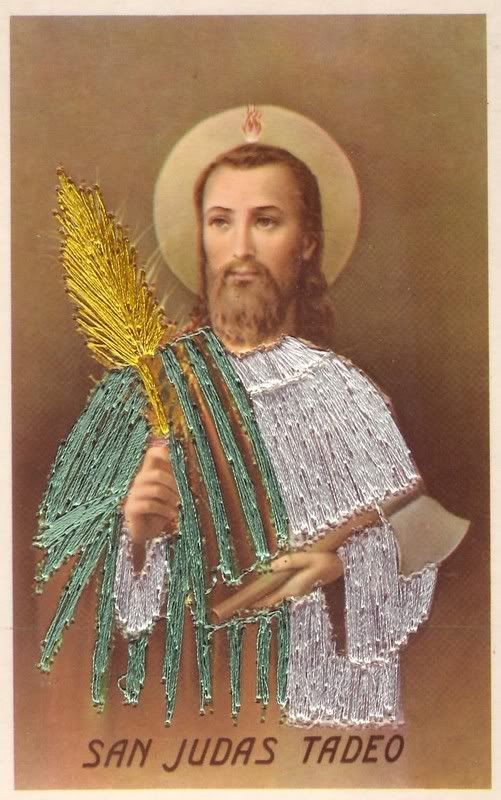
See Catholic Tradition's page on devotions to gain the intercession of Saint Jude.
Read also about Saint Simon.
Saint Simon, please pray for us!
Saint Jude, please pray for us!

See Catholic Tradition's page on devotions to gain the intercession of Saint Jude.
Read also about Saint Simon.
Saint Simon, please pray for us!
Saint Jude, please pray for us!


